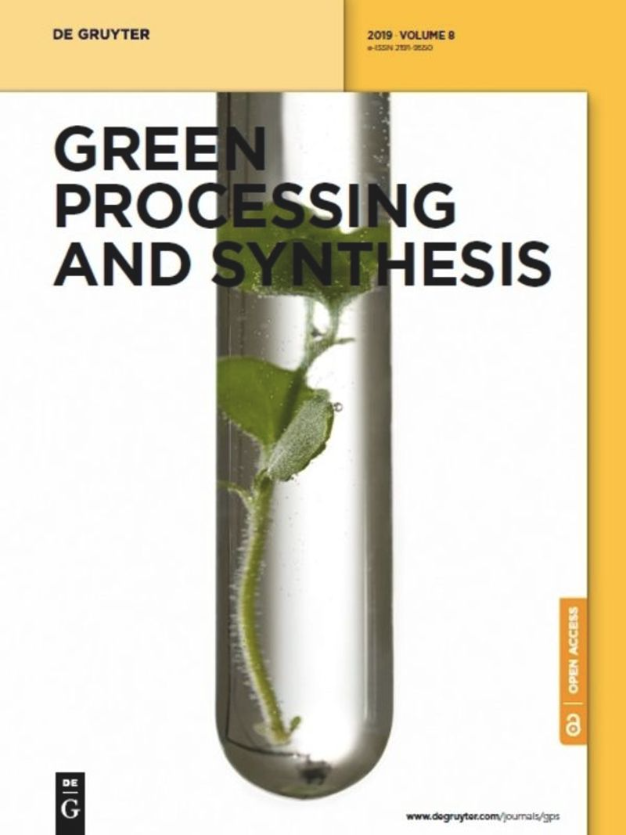Recovery of critical metals from carbonatite-type mineral wastes: Geochemical modeling investigation of (bio)hydrometallurgical leaching of REEs
IF 3
4区 工程技术
Q2 CHEMISTRY, MULTIDISCIPLINARY
引用次数: 0
Abstract
Abstract Rare earth elements (REEs) are typically found in low concentrations within natural rocks that make up mine tailings, such as carbonates in association with silicates within carbonatite igneous rocks, so it is of interest to develop (bio)hydrometallurgical ways to liberate them from the silicate matrix. This work investigated, through geochemical modeling, the extraction of europium and ytterbium carbonates from rocks containing one of four silicates (chrysotile, forsterite, montmorillonite, and phlogopite) via chemical (mineral acid) or biological (organic acid) leaching. The results indicated conditions that led to either congruent or incongruent dissolution of the mineral phases and the formation of transient mineral phases. Chemical leaching models suggest that REE carbonates are recoverable in one-step leaching from forsterite and chrysotile rocks, while they are recoverable in a secondary leaching step from montmorillonite and phlogopite rocks. Gibbsite as a transient phase is shown to complicate REE recovery, potentially requiring reactive extraction. REEs have the potential to be recovered from silicate rocks via chemoorganotrophic bioleaching, but the process configuration would differ depending on the predominant minerals that make up the rock, and the type of REE present in it.从碳酸盐岩类矿物废料中回收关键金属:稀土元素(生物)湿法浸出的地球化学建模研究
摘要稀土元素(REE)通常在构成尾矿的天然岩石中以低浓度存在,例如碳酸盐岩和碳酸盐岩火成岩中的硅酸盐,因此开发(生物)湿法冶金方法将其从硅酸盐基质中释放出来是很有意义的。这项工作通过地球化学建模,研究了通过化学(矿物酸)或生物(有机酸)浸出从含有四种硅酸盐(温石棉、镁橄榄石、蒙脱石和金云母)之一的岩石中提取碳酸铕和镱的方法。结果表明,这些条件导致矿物相的一致或不一致溶解以及过渡矿物相的形成。化学浸出模型表明,REE碳酸盐可在镁橄榄石和温石棉的一步浸出中回收,而在蒙脱石和金云母的二步浸出中可回收。赤铁矿作为一种过渡相,使稀土元素回收复杂化,可能需要反应萃取。REE有可能通过化学-有机-营养生物浸出从硅酸盐岩石中回收,但过程配置会因构成岩石的主要矿物和其中存在的REE类型而异。
本文章由计算机程序翻译,如有差异,请以英文原文为准。
求助全文
约1分钟内获得全文
求助全文
来源期刊

Green Processing and Synthesis
CHEMISTRY, MULTIDISCIPLINARY-ENGINEERING, CHEMICAL
CiteScore
6.70
自引率
9.30%
发文量
78
审稿时长
7 weeks
期刊介绍:
Green Processing and Synthesis is a bimonthly, peer-reviewed journal that provides up-to-date research both on fundamental as well as applied aspects of innovative green process development and chemical synthesis, giving an appropriate share to industrial views. The contributions are cutting edge, high-impact, authoritative, and provide both pros and cons of potential technologies. Green Processing and Synthesis provides a platform for scientists and engineers, especially chemists and chemical engineers, but is also open for interdisciplinary research from other areas such as physics, materials science, or catalysis.
 求助内容:
求助内容: 应助结果提醒方式:
应助结果提醒方式:


